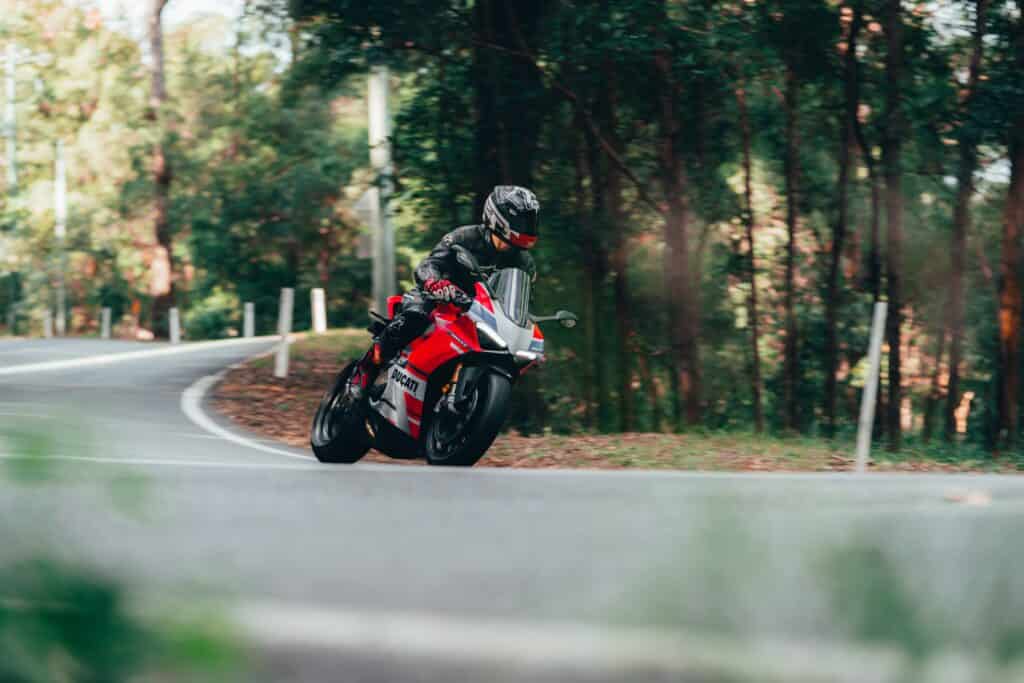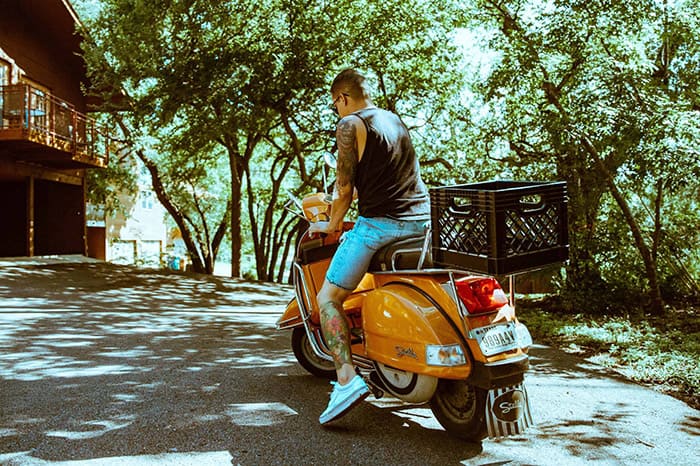Essential Motorcycle Riding Drills for Every Rider’s Toolkit
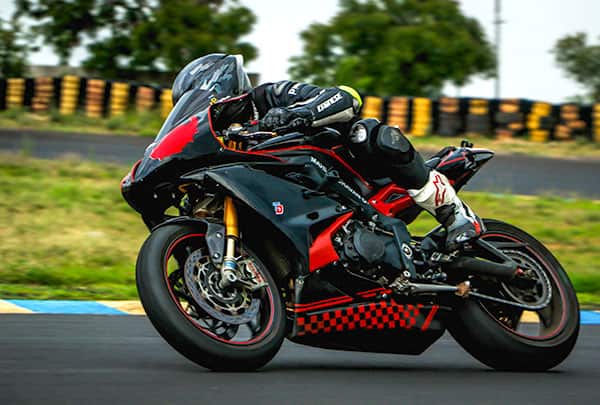
Motorcycle riding drills are designed to help riders perfect their techniques and overcome common challenges they might encounter on the road. This comprehensive guide will discuss various motorcycle riding drills, emphasizing their importance and providing tips and tricks to master them as these exercises are designed to help you hone specific skills, build muscle memory, and ultimately become a safer, more proficient rider. By practicing these drills regularly, you’ll become a more skilled and confident rider, prepared for any situation you may face on the road.
Why Do Motorcycle Riding Drills
Motorcycle riding is a complex activity that requires physical and mental dexterity. By practicing motorcycle riding drills, you can improve specific skills, such as balance, cornering, and braking. Regular practice also reinforces positive habits and helps break bad ones. Motorcycle riding drills are crucial for muscle memory. As you repeat a particular movement or technique, your body becomes more accustomed to it, making the action feel more natural and automatic.
This can lead to increased confidence and better performance when on the road. In addition, practicing drills can help you ride safer. Many accidents occur due to lack of skill or poor decision-making. By honing your riding abilities through drills, you’ll be better equipped to handle challenging situations and make smart choices on the road.
Drills to Practice
| Drill | Practice Instructions |
|---|---|
| Balancing the Bike | 1. Find a secure, open space with a flat surface. 2. Place your motorcycle on its side stand. 3. Stand next to the bike, holding it upright using only your hands. 4. Move your hands around the bike, trying to maintain its balance without dropping it. 5. Once you’re comfortable, try balancing the bike with just one hand. |
| Riding a Plank | 1. Find a long, flat piece of wood or create a straight line on the ground. 2. Approach the plank at a slow speed, looking ahead. 3. Keep your arms and head steady as you ride across the plank. 4. Challenge yourself by reducing speed with each successful attempt. |
| U-turns | 1. Set up cones or markers in a U-shape. 2. Ride around the outside of the cones, practicing both left and right turns. 3. Once comfortable, move to the inside of the cones to make the U-turn narrower. 4. Focus on looking in the direction of the turn, counterbalancing your body, and applying force to the outside footpeg during the turn. |
| Slaloms | 1. Set up cones or markers in a straight line, evenly spaced apart. 2. Ride through the cones, keeping your bike as close to the center as possible. 3. Start slow and increase speed with each successful run. 4. Practice entering the slalom from both the left and right sides. |
| Emergency Avoidance and Braking | 1. Set up a cone or large object as a dummy obstruction. 2. Accelerate towards the obstruction, then swerve away at the last moment. 3. Tuck back into your imaginary lane, pick up speed, and brake suddenly into a full stop. 4. Practice these maneuvers separately before combining them for a more challenging drill. |
| Cornering and Weaving | 1. Set up cones or markers to create a series of turns or a weaving course. 2. Practice turning your head and looking in the direction of the turn. 3. Keep your line of sight level with the road, hugging your tank with your legs and leaning with your bike. 4. Gradually increase the difficulty by making the turns sharper or the weaving tighter. |
| Counter Steering | 1. Push the end of the handlebar in the direction you want to go. 2. Try this technique at various speeds, practicing on both straight roads and curves. 3. Experiment with swerving around small obstacles to test your counter steering skills. |
| Emergency Braking | 1. Ride down an empty street, marking a stopping point on the ground. 2. Practice stopping quickly by pulling in the front brake, then applying the rear brake and clutch before coming to a complete stop. 3. Start at slow speeds and gradually increase the speed limit as you become more comfortable. |
| Slow Riding | 1. Ride your motorcycle at a very slow speed without using the throttle. 2. Keep your eyes up, core tight, and arms relaxed. 3. Control your speed by using the friction point, releasing the clutch slightly to regain balance and momentum. |
| Riding with Confidence | 1. Take a Motorcycle Safety Foundation (MSF) certified basic rider education course. 2. Join local rider groups |
Motorcycle Riding Drills for Beginner Rider
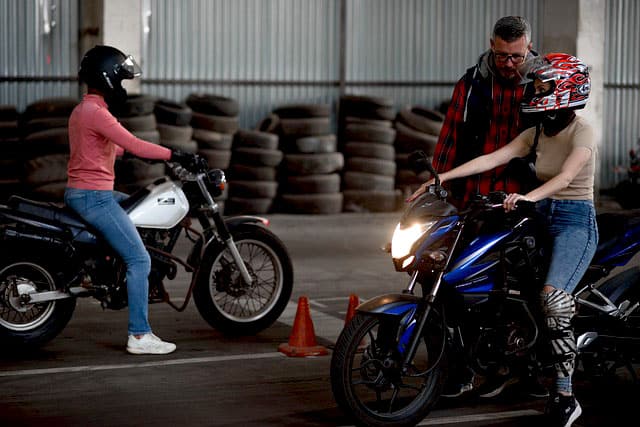
If you’re new to the world of motorcycling or simply looking to brush up on your foundational skills, these basic motorcycle riding drills are a great starting point.
- Slow speed maneuvering: Begin by practicing riding your motorcycle at slow speeds in a controlled environment, such as an empty parking lot. Focus on maintaining balance, smooth throttle control, and steady braking. This will help you develop a feel for your bike and build confidence in your abilities. If you learn how to ride slow its just a matter of openning up the throttle to go faster.
- Tight turns: Set up a series of cones or other markers in a large, open space. Ride your motorcycle around the markers, making tight turns while maintaining control and balance. This drill will help you become more comfortable with leaning and turning your bike at various angles and speeds.
- Emergency stops: Choose a designated stopping point and approach it at a moderate speed. Once you reach the stopping point, apply both the front and rear brakes firmly and smoothly to bring your motorcycle to a complete stop as quickly as possible. Practice this drill regularly to improve your braking technique and overall stopping distance. even locking up the front wheel in practice is better than hapenning it in a real emergency and go into panic mood.
Motorcycle Riding Drills for Intermediate Rider

For riders who have mastered the basics and are looking for more of a challenge, these intermediate motorcycle riding drills can help you further refine your skills.
- Trail braking: This drill involves applying the brakes during a turn, which can help you maintain greater control and stability. Begin by entering a corner at a moderate speed, then gently apply the front brake as you lean into the turn. Gradually release the brake as you reach the apex of the corner, then smoothly accelerate as you exit the turn.
- Countersteering: Countersteering is the technique of pushing the handlebars in the opposite direction of the turn you want to make. To practice this drill, find a series of gentle curves and focus on using countersteering to initiate and maintain your line through the turns. This will help you develop a more intuitive understanding of how countersteering affects your bike’s handling.
- Swerving: Set up a series of cones or other markers in a staggered formation, then ride through the course, swerving around each obstacle. Focus on maintaining a smooth line, proper body positioning, and precise throttle control. This drill can help you become more adept at avoiding obstacles and maintaining control in tight spaces.
Motorcycle Riding Drills for Advanced Rider
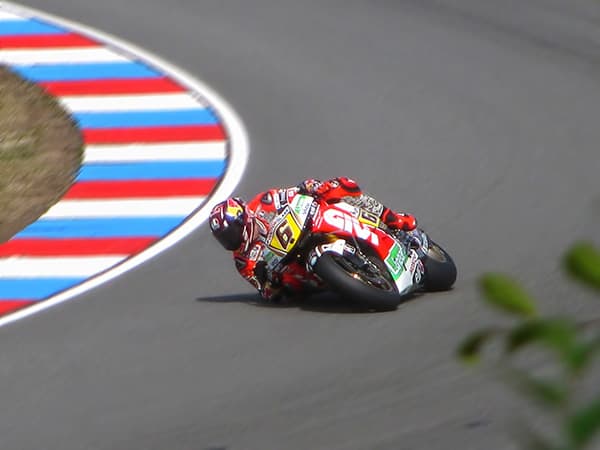
If you’re an experienced rider looking to push your skills to the limit, these advanced motorcycle riding drills can provide the challenge you’re after.
- Knee dragging: Knee dragging is an advanced technique used by professional racers to achieve maximum lean angles in corners. To practice this drill, find a safe, closed course with plenty of room for cornering. Begin by leaning your motorcycle into a turn, then gradually extend your inside knee toward the ground. Be sure to maintain proper body positioning and throttle control throughout the maneuver.
- Hard acceleration and deceleration: This drill focuses on mastering rapid acceleration and deceleration while maintaining control and stability. Find a straight stretch of road or track, then practice accelerating hard from a standstill, paying close attention to your throttle and clutch control. Next, practice decelerating quickly by applying the brakes firmly and smoothly. Repeat this process several times to build your skill and confidence.
- Wheelies and stoppies: While these advanced techniques may not be practical for everyday riding, they can help you develop a deeper understanding of your motorcycle’s capabilities and limitations. Practice wheelies by gradually applying throttle and lifting the front wheel off the ground, then maintaining balance as you ride on the rear wheel. To practice stoppies, accelerate to a moderate speed, then apply the front brake firmly and smoothly to lift the rear wheel off the ground. Always practice these drills in a controlled environment with plenty of room for error.
Drills

| Drill for Improving Balance and Control | Description |
|---|---|
| Figure eights | Set up two cones or markers approximately 20 feet apart. Ride your motorcycle in a figure-eight pattern, focusing on maintaining a smooth line and proper body positioning. Improves balance, steering, and throttle control. |
| Slow race | In a straight line, ride your motorcycle as slowly as possible without putting your feet down. Develops better balance and control at low speeds. |
| U-turns | Find a wide, open area and practice making tight U-turns without putting your foot down. Enhances balance and maneuverability in tight spaces. |
| Drill for Enhancing Cornering and Maneuvering Skills | Description |
|---|---|
| Decreasing radius turns | Set up a series of cones or markers in a spiral pattern, with each marker closer together than the previous one. Practice riding through the course, focusing on maintaining a smooth line and proper body positioning. Develops the ability to adjust line and speed in the middle of a turn. |
| Slalom | Set up a series of cones or markers in a straight line, spaced approximately 15 feet apart. Ride through the course, weaving between the markers while maintaining a smooth line and proper body positioning. Improves ability to make quick, controlled directional changes. |
| Off-road riding | If you have access to a dirt bike or an adventure motorcycle, practice off-road riding to develop cornering and maneuvering skills in a challenging environment. Focus on maintaining balance, traction, and control while navigating uneven terrain and obstacles. |
| Drill for Mastering Braking and Acceleration Techniques | Description |
|---|---|
| Emergency braking | Find a clear, open space and practice emergency braking from various speeds. Focus on applying both brakes smoothly and firmly, while maintaining control of your motorcycle. This drill improves reaction time and overall stopping distance. |
| Throttle control | Find a straight stretch of road or track and practice maintaining a constant speed using only the throttle. Focus on making small, precise adjustments to maintain a smooth, consistent speed. This drill helps develop better throttle control and improves overall acceleration. |
| Low-side and high-side recovery | While no rider wants to experience a low-side or high-side crash, it’s important to know how to recover from these situations if they occur. Find a safe, open area and practice recovering from low-side and high-side crashes. This drill develops the muscle memory and reflexes needed to react quickly and recover from these types of accidents. |
While motorcycle riding drills can be incredibly beneficial for improving your riding skills, it’s important to practice them safely to avoid injury or accidents. Here are a few tips to keep in mind:
- Always wear proper safety gear, including a helmet, gloves, boots, and appropriate clothing.
- Practice drills in a controlled environment with plenty of room for error, such as an empty parking lot or closed course.
- Start with basic drills and work your way up to more advanced ones as your skills improve.
- Always practice drills at a safe speed and within your comfort level.
- If you’re unsure about a particular drill or technique, seek guidance from a professional instructor or experienced rider.
By incorporating motorcycle riding drills into your regular practice routine, you can become a safer, more skilled rider. From basic slow-speed maneuvers to advanced techniques like knee dragging and wheelies, there are drills to challenge every rider at every skill level. Remember to always practice these drills safely and within your comfort level. And if you’re looking to take your skills to the next level, consider enrolling in a motorcycle riding course.
- Winter Riding Pants Motorcycle - February 25, 2024
- Europe Motorcycle Road Trips - December 3, 2023
- Motorcycle Slang and Terminology - November 28, 2023

